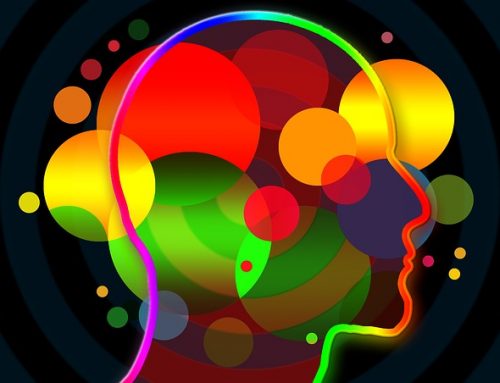Learning emotional regulation can be one of the most challenging aspects of childhood.
When children experience big, intense emotions, they often don’t know what to do with those feelings. And thus, their reactions can show themselves as behavior that, to an outside observer, may appear out of proportion to what is actually going on.
For children with additional developmental challenges, such as ADHD, sensory processing disorder, or autism, achieving emotional regulation can be even more of a struggle. The neurological and sensory differences that these children have can be a huge hindrance for them trying to manage their emotions and behavior effectively.
How does inadequate emotional regulation create these issues?
Problems Arising from Poor Emotional Regulation Skills
Unfortunately, poor skills in emotional regulation can lead to struggles with social interaction as well as classroom learning.
For example, a child might have frequent emotional meltdowns when in large group situations. This could include a classroom setting, playground, or extracurricular activities. The added sounds, smells, sights, and even physical crowding in these situations can cause sensory overload.
Other children might be overly focused on perfection when working on projects and get angry when they can’t get something just right. The child feels frustrated and doesn’t understand why they couldn’t achieve what they were trying to do. Similar behavior is also common for these children when it’s time to transition from one activity to another.
In these examples, the child’s brain is reacting from a place of “fight, flight, or freeze.” When children experience uncomfortable emotions, their sympathetic nervous system is stimulated to “protect” them by producing a strong reaction. And thus, they react to their emotions rather than regulate them.
Addressing Possible Sources of Your Child’s Emotional Challenges

Many treatment modalities have been developed to help children with neurological differences learn how to best manage their challenges.
Because emotions are experienced throughout the entire body, helping children find ways to regulate emotions successfully often involves teaching them how to understand and process what they are feeling physically. Addressing the neurophysiological components of emotional regulation is incredibly important to help children be successful as they develop.
Parents can also make sure to address everyday needs that are necessary for their children to be able to regulate emotion. Supporting your child’s sleep hygiene is vital, for example.
Moreover, being aware of nutritional challenges facing your child is also important. Consider any food sensitivities or allergies the child has, as well as sensory issues. These may prevent them from gaining nutrients from certain food groups. Adequate rest and a well-nourished body are fundamental to emotional regulation.
How the Tomatis Method Can Help Your Child with Emotional Regulation
The Tomatis method could be one of the powerful options to consider for children who are struggling with emotional self-regulation. Although still considered an experimental approach, this intervention addresses a child’s auditory processing in a way that extends into their entire neurophysiological system. Some research suggest that certain aspects of behavior such as emotional regulation, attention and learning could be optimized with help of the sound stimulation method developed by Dr. Alfred Tomatis. To review some of the research that pertain to emotional regulation and learning and how Dr. Tomatis’ sound stimulation treatment can help click here.
Importantly, emotions begin in our subconscious before we are even aware of what we are feeling. Because the Tomatis method involves stimulation of the primary auditory cortex in a systematic and individualized manner this approach can aid children to tune into their feelings more quickly, while becoming aware of them; the next step is then to learn to name their emotions.
When children can tune into a big, overwhelming emotion (even just a bit) sooner, their brain has more time to adjust and regulate appropriately.
The Tomatis listening approach also helps children build and optimize crucial communication between both hemispheres of their brain. Based on our in-depth Initial Consultation and Testing It offers rich, systematic and individualized sound-stimulation to the brain’s subcortical pathways that lead to the primary auditory cortex. And when the cortex is appropriately stimulated, the brain learns to attend, evaluate and prioritize what is most important in the environment around it.
Moreover, the Tomatis method also helps children learn how to pay attention to the essential elements of auditory stimulation. And thus, they learn to focus on what is most important in their broader surroundings. This includes learning how to recognize their emotions and regulate them effectively. To learn more about Dr. Tomatis’ Method and how it can help click here.
—
Are you concerned that your child’s struggles with emotional regulation are preventing them from learning effectively? If so, please contact my office for an in-depth consultation.





